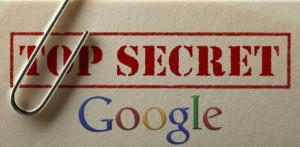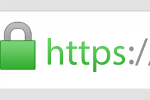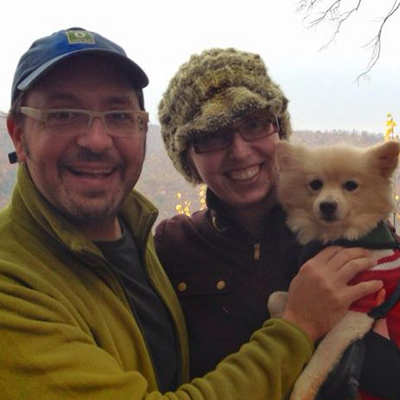Beauty may be in the eye of the beholder but in the case of search engines, quality is in the eye of the search engine algorithm.
 Recently, Google released a document called the Search Quality Rater’s Guidelines. Essentially, it’s Google’s detailed guide to assessing the quality of websites. Human experts use the guide to analyze the quality of a group of websites and Google uses that data to judge how their algorithms are doing.
Recently, Google released a document called the Search Quality Rater’s Guidelines. Essentially, it’s Google’s detailed guide to assessing the quality of websites. Human experts use the guide to analyze the quality of a group of websites and Google uses that data to judge how their algorithms are doing.
Usually this would just be dismissed as bedtime reading for nerds like us, but this document is different. It provides an unprecedented look at how Google thinks of website quality. It’s a road map for how to get on Google’s good side — something all artist websites need to do.
Not sure you want to read all 160 pages of the Search Quality Rater’s Guidelines? Don’t worry! We’ve read it for you. Here’s what Google thinks makes for wicked good web content:
- Expertise / Authoritativeness / Trustworthiness
- Supplementary Content
- Focused Page Design
- Security
OK, so let’s take each of these individually…
Expertise / Authoritativeness / Trustworthiness
In short, this means that effective websites provide solid expertise and contain content from trustworthy sources. Sounds obvious, right? Well, it’s worth asking yourself if you website sends strong signals of your domain expertise and trustworthiness.
Punkt’s website expertise and trustworthiness checklist:
- Are your credentials or artistic history readily available?
- Do you offer information that might be helpful to your other artists? (This blog is a good example of this.)
- Is your artwork categorized, described and easily searchable?
- Do you demonstrate expertise across social media?
Supplementary Content
Offering site visitors supporting content in a sidebar or footer is critical to providing a rich web experience. Something similar to the ‘if you enjoy this, perhaps you’d be interested in this‘ approach. If your artwork doesn’t naturally generate web-friendly content, consider linking to external well-established (trusted) content sources.
Focused Page Design
Once again it sounds obvious, but take another look at your home/landing page with a critical eye for clutter. It’s crucial that your primary call-to-action is sitting front and center, above the fold. Sliders and an abundance of photos can be a distraction that lessens the impact of your work.
- Are ads clamoring for your site visitor’s attention?
- Is your site footer stuffed with badges, associations, and awards?
If so, consider moving this stuff to an internal page.
Security
 If your website accepts potentially sensitive data (through forms and/or a web store) security is critical. Web users now expect to see the familiar green security padlock when sharing private information online — especially when their credit card is involved. As important, web browser will soon be warning users by default when they are visiting sites that are not secure. If you haven’t already, consider getting and maintaining an SSL certificate through your web host.
If your website accepts potentially sensitive data (through forms and/or a web store) security is critical. Web users now expect to see the familiar green security padlock when sharing private information online — especially when their credit card is involved. As important, web browser will soon be warning users by default when they are visiting sites that are not secure. If you haven’t already, consider getting and maintaining an SSL certificate through your web host.
Baby Steps
If your artist website is suffering in these areas, don’t despair! The web is a constantly evolving medium. Consider each guideline separately and take action in tiny increments. Small adjustments like these can make a huge difference to Google’s search engine algorithms!

Drop us a line and tell us about it.
We’d love to hear from you!










